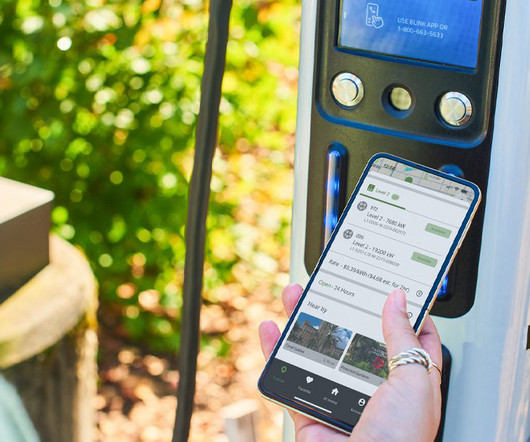Reliance buys Na-ion battery developer Faradion
Green Car Congress
JANUARY 1, 2022
Reliance New Energy Solar Ltd, a wholly owned subsidiary of Reliance Industries Ltd, will acquire 100% shareholding in sodium-ion battery developer Faradion Limited ( earlier post ) for an enterprise value of £100 million (US$135 million). Sodium is the sixth-most abundant element on the planet.


















Let's personalize your content